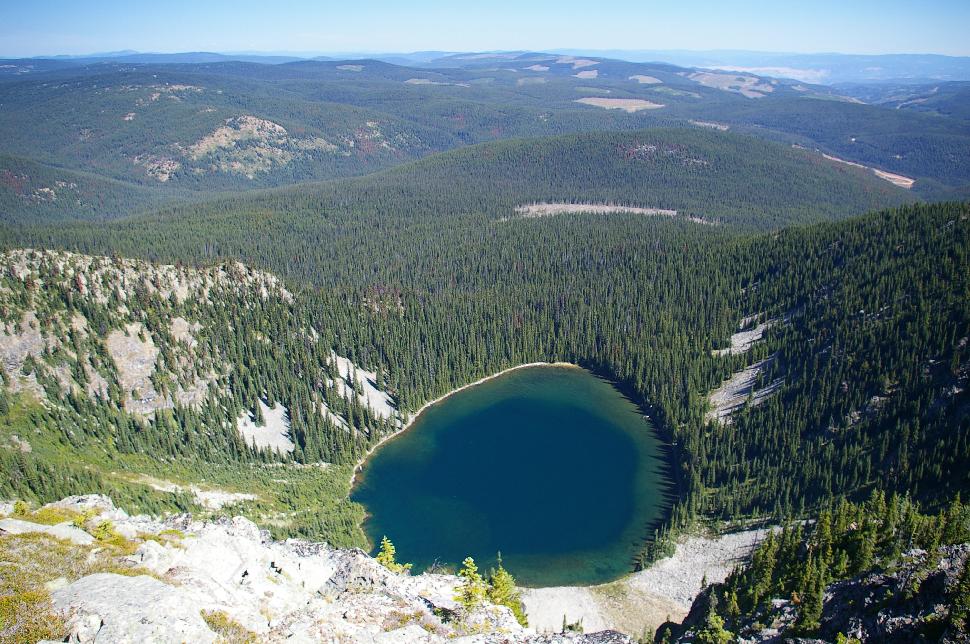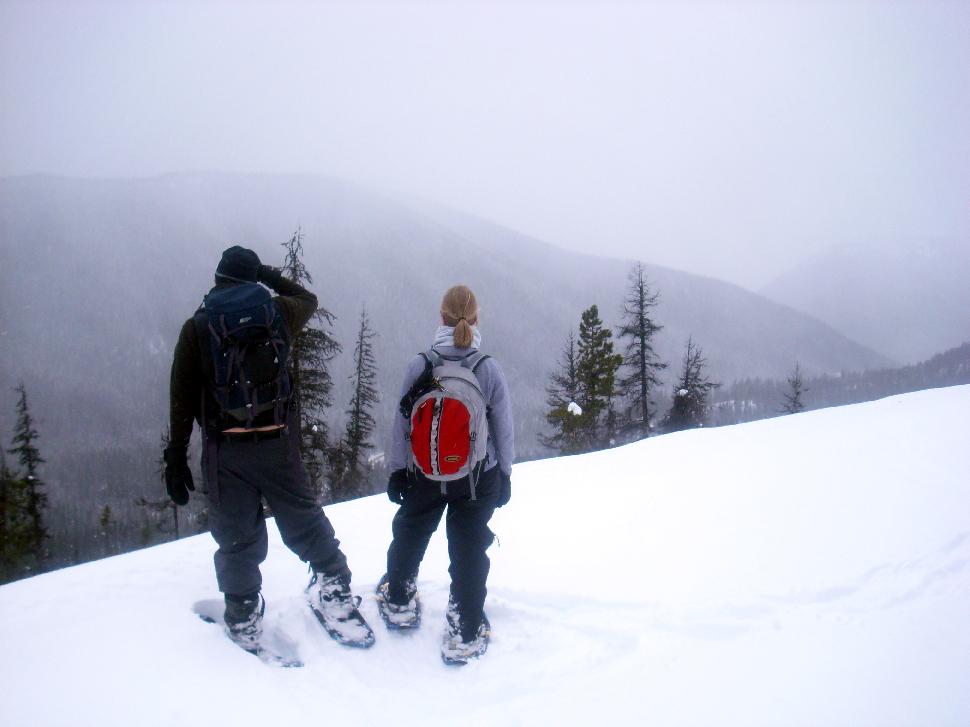Established on June 17, 1941, this summer will mark the 75th anniversary of E. C. Manning Provincial Park, named in honour of Ernest Callaway Manning, Chief Forester for the province from 1936 to 1941. Known locally as Manning Park, this is the place where outdoor enthusiasts gather and is one of the most popular parks in the province.
How To Get To Manning park?
Manning Park is easy to access, situated between Hope and Princeton along Highway 3.
Why you should go
E. C. Manning Provincial Park includes something for everyone – from hiking, camping and wildlife viewing, to more rugged pursuits, hunting and fishing. Whatever you’re looking for, come to Manning Park to find it.
History
E. C. Manning Provincial Park has a long history within the province. In 1931, the area that is now Manning Park was the Three Brothers Mountain Reserve, which eventually became a wildlife reserve in 1936. Fast forward to 1941, and the reserve was named the Three Brothers Mountain Park, a class A provincial park.
Japanese Canadians who were held in an internment camp in present-day Sunshine Valley built the Hope-Princeton highway, which currently runs through the park, and construction was completed in 1949. This allowed vehicle access into the park.
The park was renamed for Ernest Callaway Manning, who died in a plane crash in 1941. Manning had been a frontrunner in the idea to set aside land for the future, and for people to enjoy, and had been instrumental in the development of three other parks.

Park size
Manning Park stretches across 70,844 hectares.
Wildlife
Manning Park is home to over 200 species of birds, including the at-risk spotted owl, and over 60 species of mammals. This area is also home to the threatened grizzly bear population of the North Cascades, and Manning Park makes up the core habitat area for these bears.
Geographical highlights
Manning Park lies in the heart of the Cascade Mountains. The terrain is varied, offering recreational opportunities all year round. Within the park, you’ll find coastal rain forests, snow-capped mountains, alpine meadows, small lakes and large rivers. There’s also a network of trails that traverse the park. One particular highlight includes Rhododendron Flats, near the park’s western entrance, that blooms beautifully with hundreds of pinkish-red rhododendrons.

Amenities
Facilities available at the park include a boat launch; cabins, huts and yurts; a source for drinking water; picnic areas; pit toilets; a playground; a sani-station/dump; and showers.
Camping
Camping at Manning Park includes summer and winter campgrounds. Cambie Creek is available for winter camping; Coldspring campground, Hampton campground, Lightning Lake campgrounds and Mule Deer campground are all available in the summer. Lone Duck 1 and 2 campsites are available all year round. There are also several walk in/wilderness camping opportunities, if you’re looking for a more rugged experience off the beaten path.
Summer activities
There’s plenty to do at Manning Park, including canoeing, cycling, fishing, hiking trails that range from easy to difficult, horseback riding, interpretive programs to enjoy, swimming and wildlife viewing opportunities.
Winter activities
Winter activities at the park include snowshoeing and cross-country skiing. Within Manning Park is the Manning Park Resort, where you can stay, dine, ski, snowboard, skate or visit the tube park.

